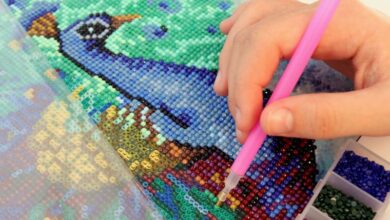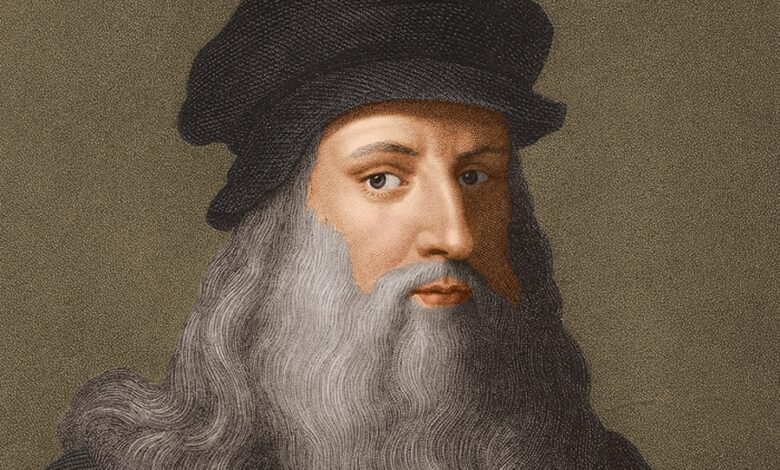
Renaissance Genius Without Formal Education: Leonardo da Vinci
In the history of humanity, perhaps no one has been more famous than Leonardo da Vinci. He was a multi-talented individual. Leonardo da Vinci has been called a painter, a draftsman, a scientist, a theorist, an astronomer, a writer, a sculptor, and an architect, to name a few. What’s amazing is that Leonardo da Vinci accumulated so much information without ever having received a formal education.
Da Vinci is claimed to have been born out of wedlock, and much of his youth is veiled in legend. Most historians believe, however, that he began his career in Florence. Andrea del Verrocchio, a well-known Italian painter and sculpture, educated him. Ludovico Sforza was Leonardo da Vinci’s mentor at the time. He gained a significant following and began an interesting and successful career at that time.
Leonardo Da Vinci Education
Da Vinci received no formal education. But, he received elementary education at his father’s house. He was taught reading, writing, and mathematics in his childhood. In his youth, he did not learn Latin seriously, the critical language during that era. It was the later in his life that he studied and learned to communicate in Latin.
In his teens, he also became an apprentice for the great sculptor Donatello. As a result, he gained knowledge in the fields of painting and sculpting, as well as theoretical and technical instruction. To mention a few subjects, he studied metallurgy, chemistry, drafting, drawing, modeling, mechanics, and plaster casting. For almost seven years, Leonardo da Vinci was under training.
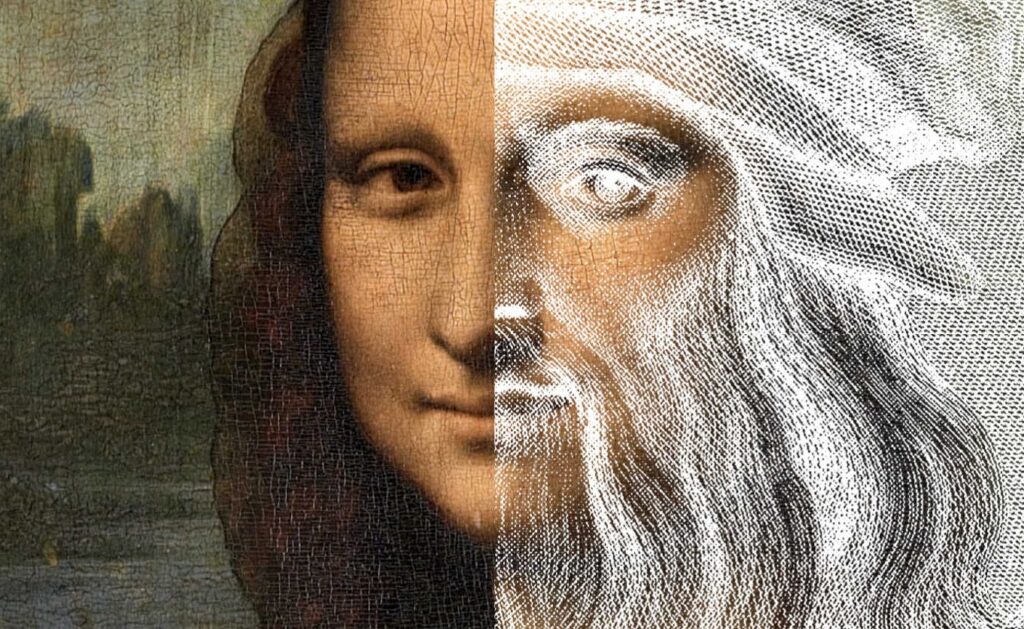
Mathematics
Leonardo Da Vinci was in the service of the Duke of Milan between 1482 and 1499, and advised him on architecture and military matters. Da Vinci grew interested in geometry while in Milan. He was well-versed in Euclid and Pacioli’s Suma. He began his research in the field of geometry after that. He proposed a number of mechanical ways for squaring the circle. Leonardo Da Vinci’s paintings also exhibit his passion for mathematics, symmetry, and proportion.
Human Anatomy
Leonardo da Vinci’s return to Florence in the year 1503 coincided with a period of intense scientific study for him. The figura istrumentale dell’ omo, or’man’s instrumental figure,’ captivated the man. He worked at the Santa Maria Nuova Hospital, where he performed dissections and investigated the structure, anatomy, and function of the human body in depth. According to his count, Leonardo da Vinci dissected roughly 30 bodies during his lifetime.
Mechanics
Leonardo da Vinci was highly knowledgeable about mechanics and thoroughly understood the concepts of his time. He was intrigued by mechanical elements like hydraulic jacks, gears, screws, etc. Leonardo da Vinci designed machines and a fortress that resembles a modern tank. However, ‘helical air screw’ is considered to be his most fascinating design. It almost looks like a prototype of helicopter in 21st century
Architecture
As Leonardo da Vinci described himself as an experienced architect. But, in his service to Ludovico Sforza, his role was limited and mainly he gave advice. His architectural studies and observations went into great detail on the construction issues of his time. They also deal with city planning. Leonardo da Vinci’s drive to teach others reflected his enthusiasm for architecture. As a result, he planned to publish an architectural book based on his works
When Leonardo da Vinci was born, he was surrounded by several brilliant architects. He worked with the renowned architect Donato Bramante for nearly two decades. Francesco di Giorgio, Giuliano da Sangallo, Giovanni Antonio Amadeo, and Luca Fancelli were among the other well-known architects with whom he cooperated. As a result, he became intimately associated with the most significant construction projects of the day.
Incredible Artworks
Da Vinci was a well-known painter as well. By the 1490s, his works had earned him the title of “Divine” painter. Painting was regarded as a science by him. Almost all of the works attributed to him are considered masterpieces today. Let’s take a look at five of Leonardo da Vinci’s most famous works!
The Last Supper
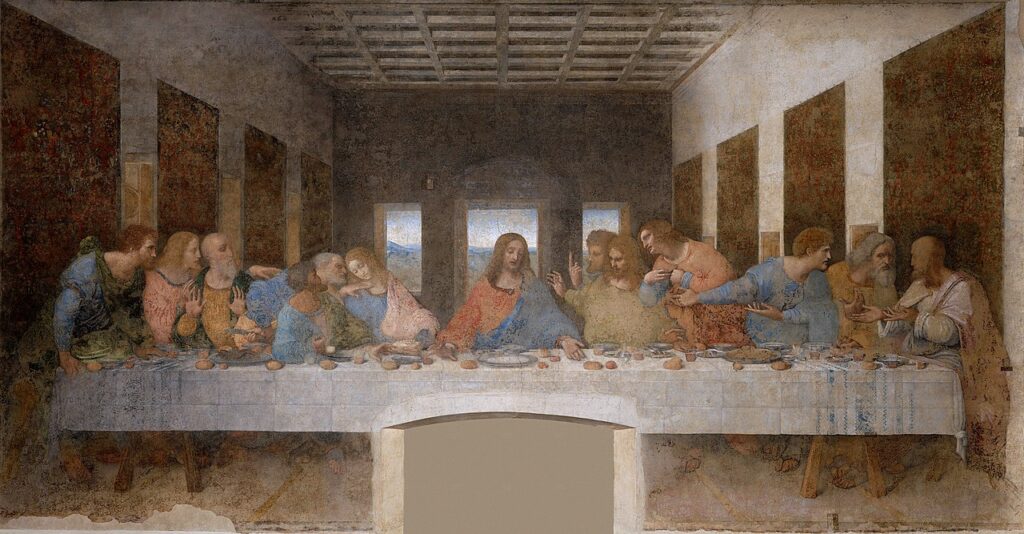
The Last Supper (c 1495-1498) is a mural painting and one of the legendary painter’s most well-known works. The Last Supper of Jesus with the Twelve Apostles is shown in this Leonardo da Vinci painting. Jesus is seated at the middle of the table, surrounded by the Apostles. The Apostles appear to rise, descend, and interweave. They appear to be conversing, disputing, and muttering between themselves.
The Mona Lisa
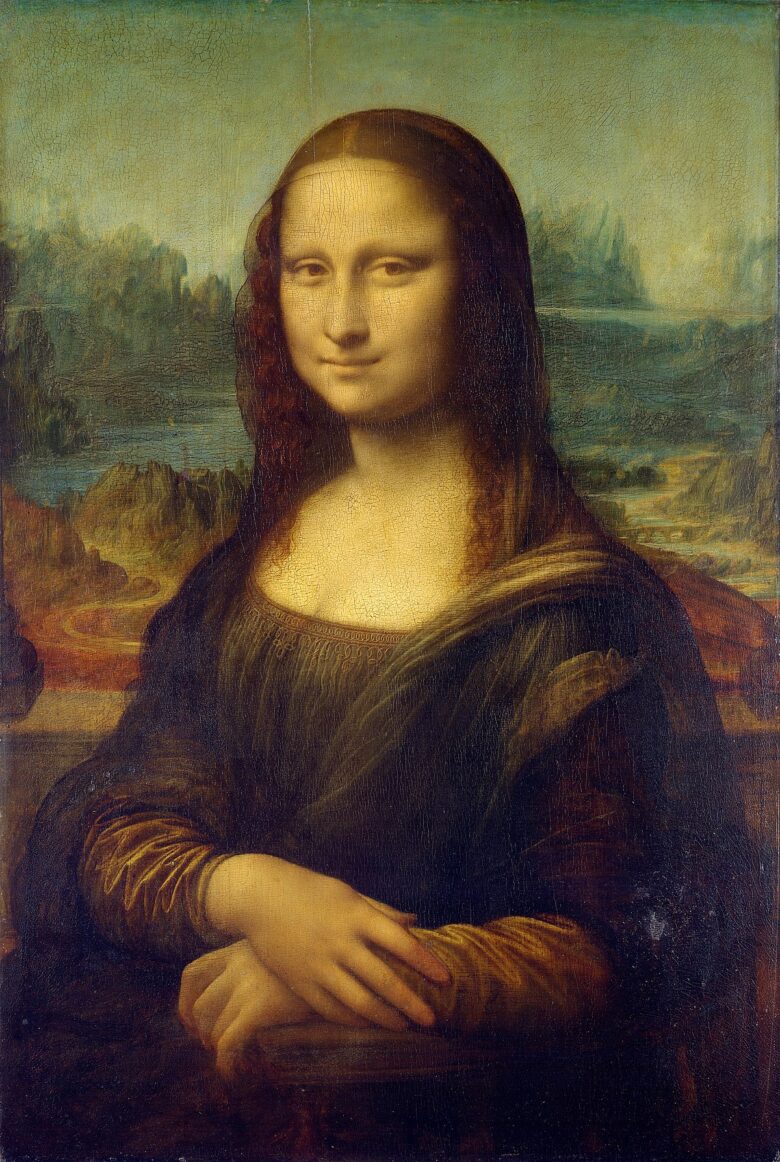
The Mona Lisa, Leonardo da Vinci’s most renowned artwork, is a simple portrait of a young woman smiling. Artists, commoners, and scientists have all been confused by the Mona Lisa’s smile. The artwork is a classic illustration of Leonardo da Vinci’s passion for and ability to paint in the realism style.
The Annunciation
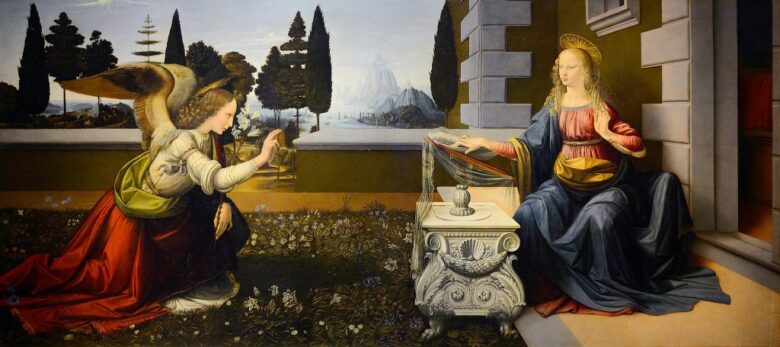
The Annunciation (c 1472 – 1476) represents the angel Gabriel’s prophecy to Mary of Jesus’ birth. On a huge poplar panel, the painting was created using the oil on wood technique. The picture is frequently criticized for displaying Mary’s unusually lengthy arms.
Vitruvian Man
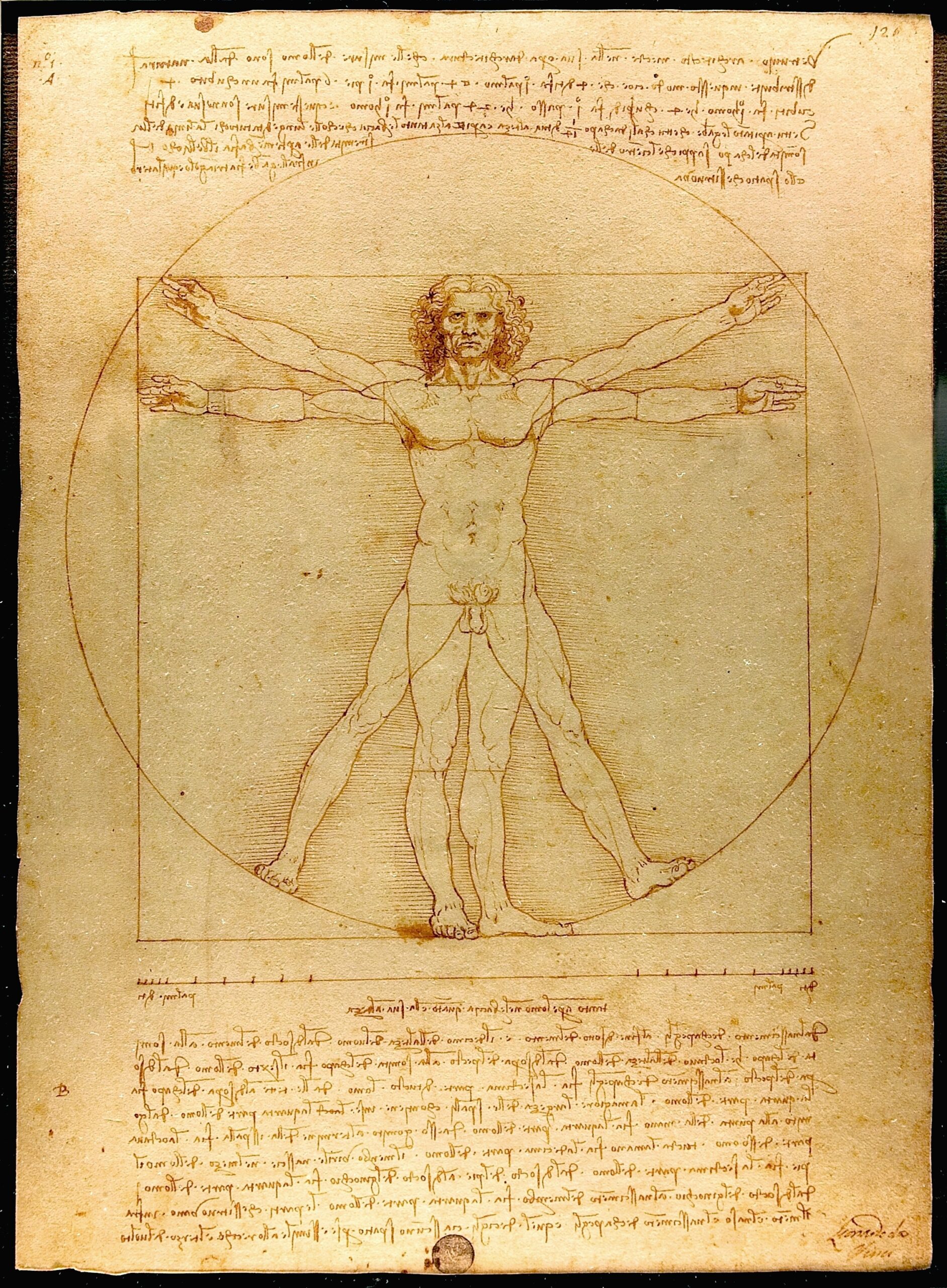
The Vitruvian Man (c 1490) is a pen and ink artwork of a man in two poses placed on top of each other. The arms and legs are spread apart, with a circle and square engraved on them. Notes on the ideal human proportions established by the Roman architect Vitruvius are also included with the artwork.
The Lady with Disheveled Hair
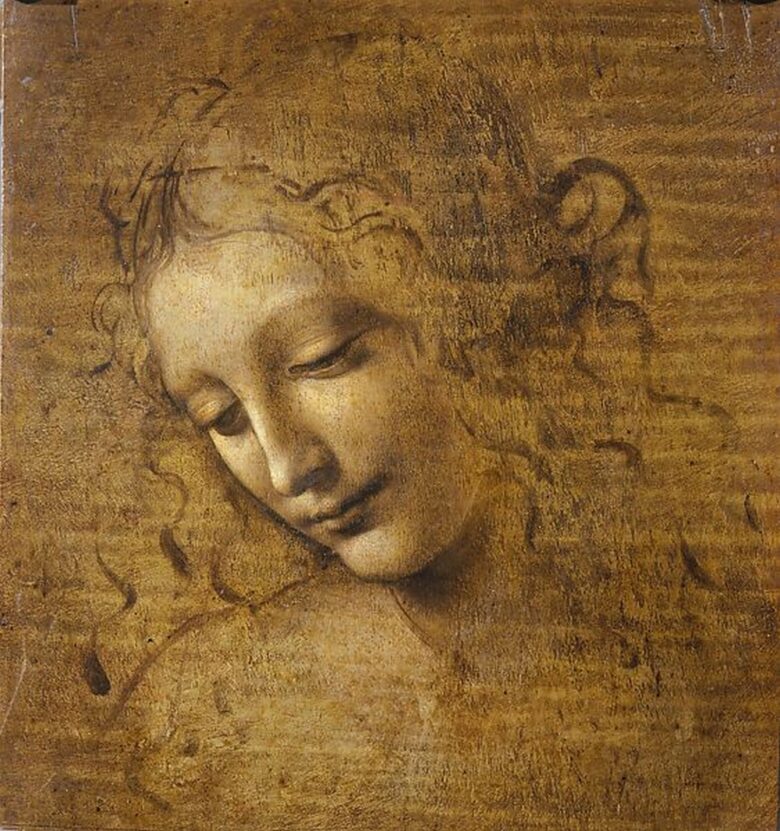
The Lady with Disheveled Hair, also known as La Scapigliata, is an artwork that displays only the head of a young, lovely woman with her head inclined and eyes downcast (c 1506 – 1508). The wild, unkempt hair waves in the air with the silverpoint on paper technique give the picture its name. The artwork is one of the artist’s many unfinished works.
The Bottom Line
Leonardo da Vinci’s life was both enthralling and intriguing. Despite this, people have admired him for years and he continues to be popular today. Novels, pop culture, and even movies have been written about him. What a wonderful life Leonardo da Vinci lived! And what a contribution to the world the man made! It is absolutely admirable.

